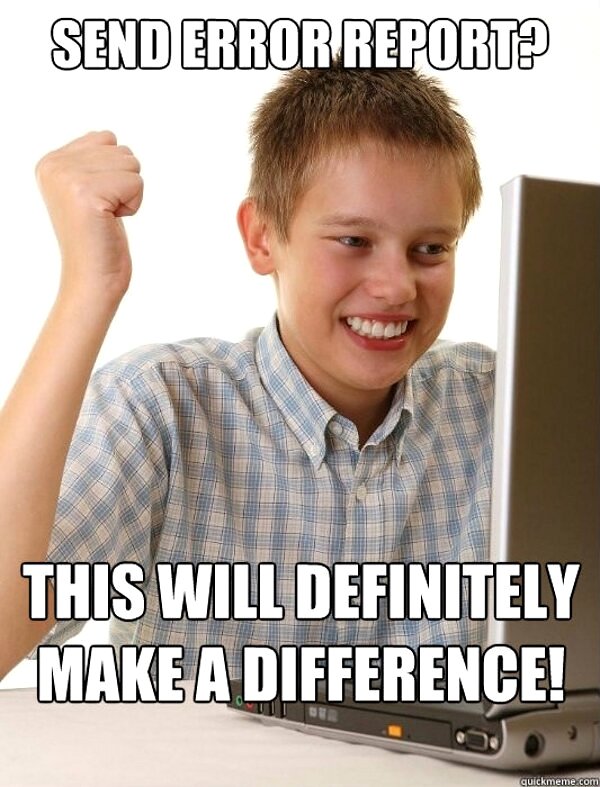As I’ve been working through a number of different plugins both for myself and for client projects, one of the things that has started to become glaringly apparent over the last few projects is just how unintuitive WordPress plugin settings can be.
I know, isn’t a new idea, but bear with me because I’m not talking about your standard run-of-the-mill plugins that have a settings page or that may add some type of shortcode functionality to the editor (though that’s unintuitive unto itself).
Instead, I’m talking about plugins that include a little bit of both: settings pages, additions to custom post types, perhaps the additions of shortcodes or buttons to the editor, and so on.



